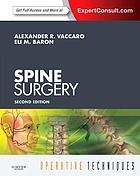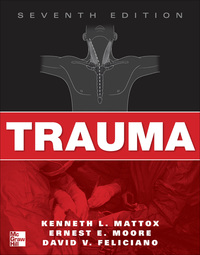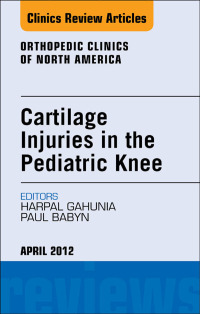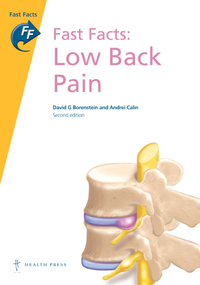by Alessandro Aprato (Editor)
Inflammation or irritation of the bursa in the major joints is most often caused by repetitive, minor impact on the area, or from a sudden, more serious injury. Age also plays a role. Overuse or injury to the joint at work or play can also increase a person’s risk of bursitis. Incorrect posture at work or home and poor stretching or conditioning before exercise can also lead to bursitis. Anatomic deformities may also add stress on a bursa sac, causing bursitis. Stress or inflammation from other conditions, such as rheumatoid arthritis, gout, psoriatic arthritis, thyroid disorders, or unusual medication reactions may also increase a person’s risk. In addition, an infection can occasionally lead to inflammation of a bursa.
The most common symptoms of bursitis are pain, stiffness and swelling. The pain may build up gradually or be sudden and severe, especially if calcium deposits are present. Bursitis diagnosis may occur after a clinical examination and it is usually confirmed by imaging such as with an ultrasound or MRI. X-ray images can’t positively establish the diagnosis of bursitis, but they can help to exclude other causes of your discomfort.
Bursitis can be treated in a number of ways, including rest, nonsteroidal anti-inflammatory drugs, corticosteroids, injections of local anesthetic or corticosteroids, physical therapy and, in rare cases, surgery. The authors also discuss the treatment options for bursitis in this book.
Product Details
- Hardcover: 106 pages
- Publisher: Nova Science Pub Inc (May 5, 2015)
- Language: English
- ISBN-10: 1634822951
- ISBN-13: 978-1634822954










Reviews
There are no reviews yet.